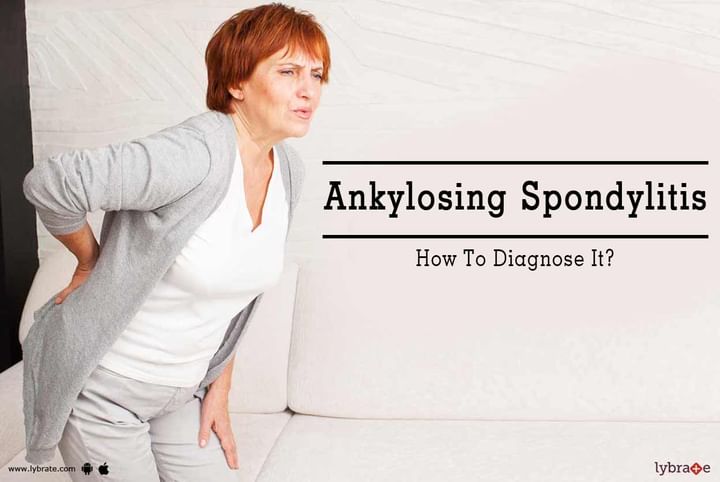Ankylosing Spondylitis - How To Diagnose It?
Most of the arthritic conditions don’t have any cures. Ankylosing Spondylitis is also a type of arthritis that does not have a cure. It is a kind of arthritis of the spine; it affects the vertebrae. It primarily affects the spine, but it may also affect other areas such as shoulders, hills, hips, ribs, small joints of the feet and hands etc. In very advanced stages, it may also affect eyes, lungs and heart.
However, what really makes it scary is Ankylosis. When Ankylosis takes place, there is formation of new bony structures in the spine. These structures cause some sections of the spine to fuse and make the spine immobile.
Symptoms of Ankylosing Spondylitis
Pain and Stiffness
One may feel a constant pain coupled with stiffness in areas like buttocks, lower back, hips etc. These symptoms may go on for months. It often starts at the sacroiliac joint.
Bony Fusion
The formation of bony structures in the spine in advanced stages may affect the movement of the back, neck, hips etc., and may also impair the ability to perform daily activities. The formation of bony structures may go to the extent of fusing the ribs in the rib cage to the breastbone or spine. This may limit the ability to expand the chest while taking deep breaths.
Pain in Ligaments and Tendons
Ankylosing Spondylitis may also affect the tendons and ligaments that attach the muscles to the bones. This may precipitate pain and stiffness beneath or behind the heels.
Cause of Ankylosing Spondylitis
The cause of this disorder is not yet known, yet a genetic link cannot be ruled out. It has been observed that most of the people affected with Ankylosing Spondylitis carry a specific gene in them. People carrying this gene are susceptible to spondylitis. However, there are about 10% of people who carry this gene but don’t have any sign of Ankylosing Spondylitis. So, a sure determinant of the cause of this disease is not completely known.
Diagnosis of Ankylosing Spondylitis
To diagnosis Ankylosing Spondylitis, the physician has to look at several factors.
These include:
Symptoms exhibited by the patient
Physical Findings
X-Rays of pelvis and back regions
Taking chest measurements while taking deep breaths
Laboratory tests Based upon the complete diagnosis, physician can positively determine if the condition is indeed Ankylosing Spondylitis.
Treatment
While a cure for Ankylosing Spondylitis is still not on the horizon, there are some treatments which can reduce pain and discomfort and thereby improve daily activities. Goals of treatment Since the disease can’t be cured, the goal is to reduce pain and stiffness, prevent deformity, maintain a good posture, and help perform daily activities. In fact, if treatment is proper, the patient may lead to a semblance of a normal life. However, it calls for a team approach. The team must include a physical therapist and an occupational therapist, apart from a rheumatologist. If the patient is suffering from bony growth, the doctor may go for an osteotomy.



+1.svg)
